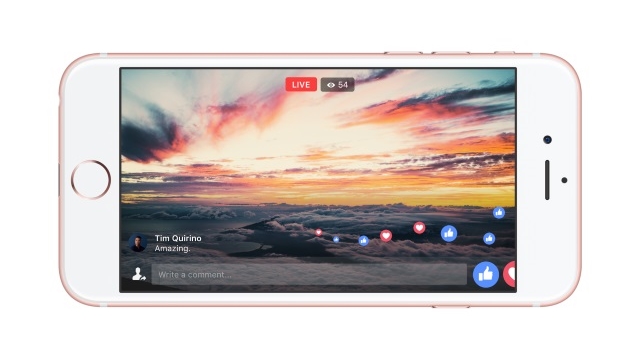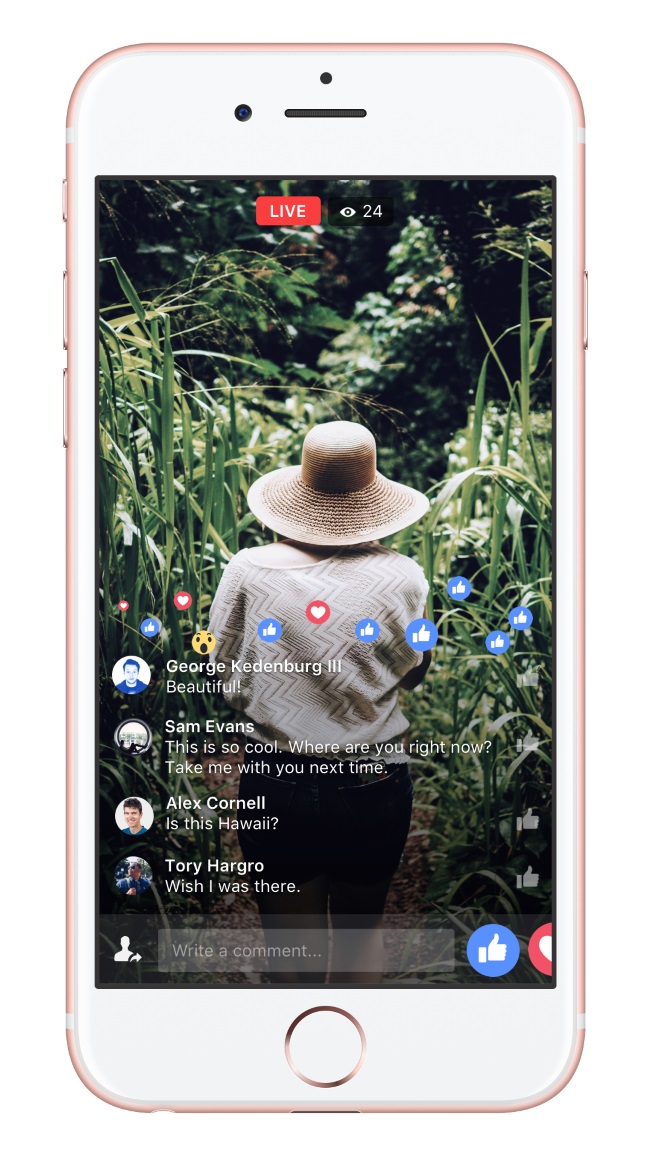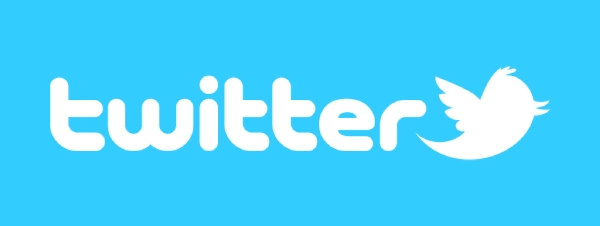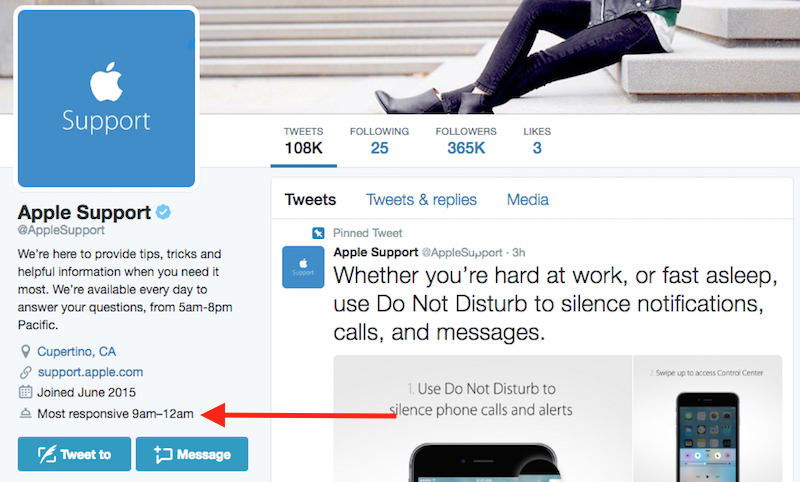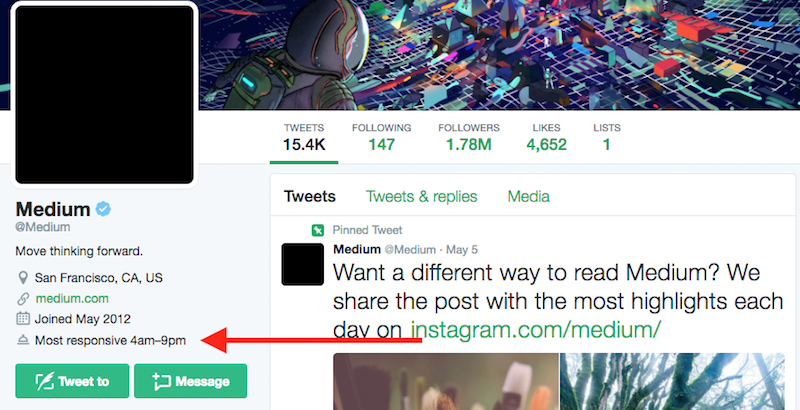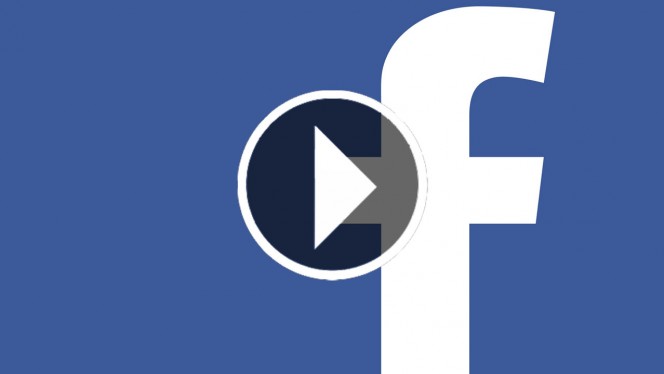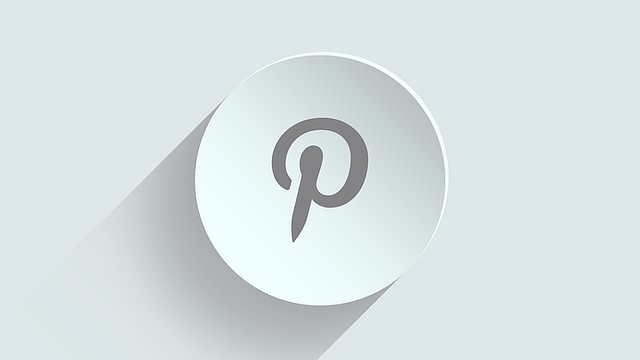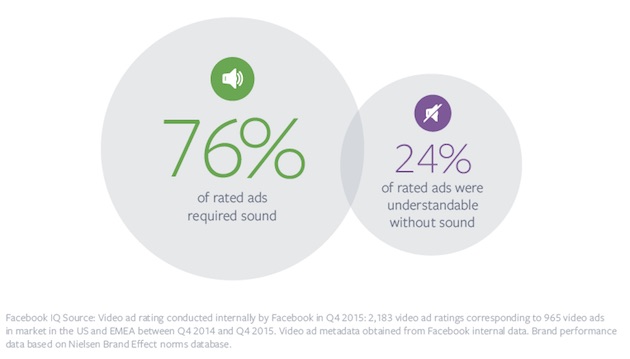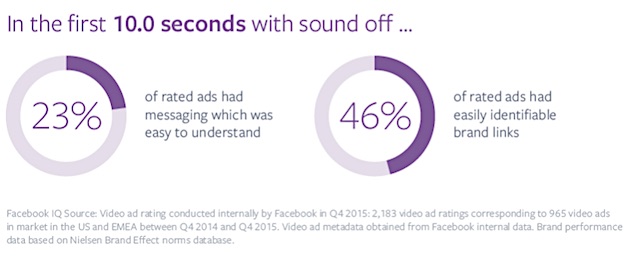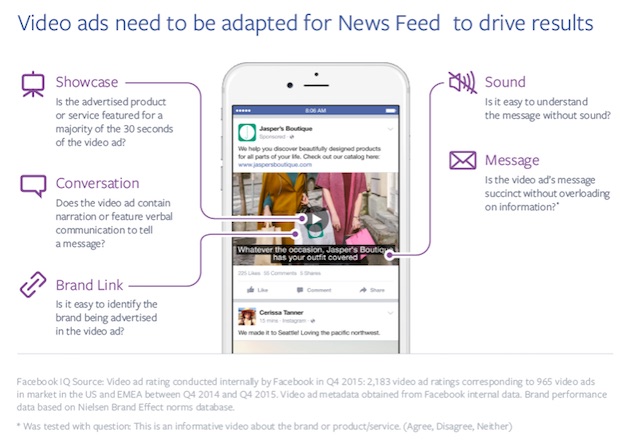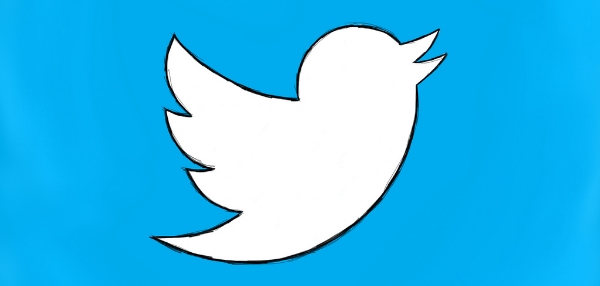
Source: Shawn Campbell
Twitter’s ad revenue and engagement may be going up, but Twitter’s advertising platform is struggling to maintain growth as they see fewer advertisers using their service to promote their content.
According to Twitter’s latest shareholder letter, ad revenue grew 18 percent year-over-year, reaching $535 million in Q2. Similarly, ad engagement shot up 226 percent and the cost per engagement dropped by 64 percent.
That’s the good news. The bad news is Twitter is “seeing a continuation of the trends discussed last quarter with less overall advertiser demand than expected. This is reflected in both our Q2 performance and Q3 outlook.
The social media giant says there are two reasons their number of advertisers is dwindling while earnings are growing:
First, there is increased competition for social marketing budgets, which requires us to continuously raise the quality bar on the advertising solutions we bring to market.
Second, while we have worked to drive higher ROI for advertisers (by leveraging our current user base, ad formats and innovations in targeting, creative and measurement), we’re still priced at a premium CPE relative to others. This has proven to be a headwind in growing Twitter’s share of overall social budgets and in our ability to grow faster in both video and performance advertising.
Ultimately, Twitter is going through growing pains and it is reflected by the loss of advertisers. While Twitter is charging more than most social platforms, it is struggling to maintain its active user base who have been largely unimpressed by newer features and changes to the interface on mobile and desktop.
Instead, advertisers are following users who are turning to platforms like Snapchat, which already has more active daily users than Twitter.
The company announced several new ideas to help recapture their audience’s attention and incentivize advertisers to use their service. Among them, it showed off a “new look and feel” to its marketing efforts that emphasize that Twitter is “where you go to see what’s happening everywhere in the world right now.”
Twitter is also heavily investing into live sports streaming with agreements to stream games from all the biggest sports leagues in the U.S., including the NFL, MLB, and NBA. The only question is if these decisions will reignite the spark that originally made Twitter one of the most popular social networks in the world.

